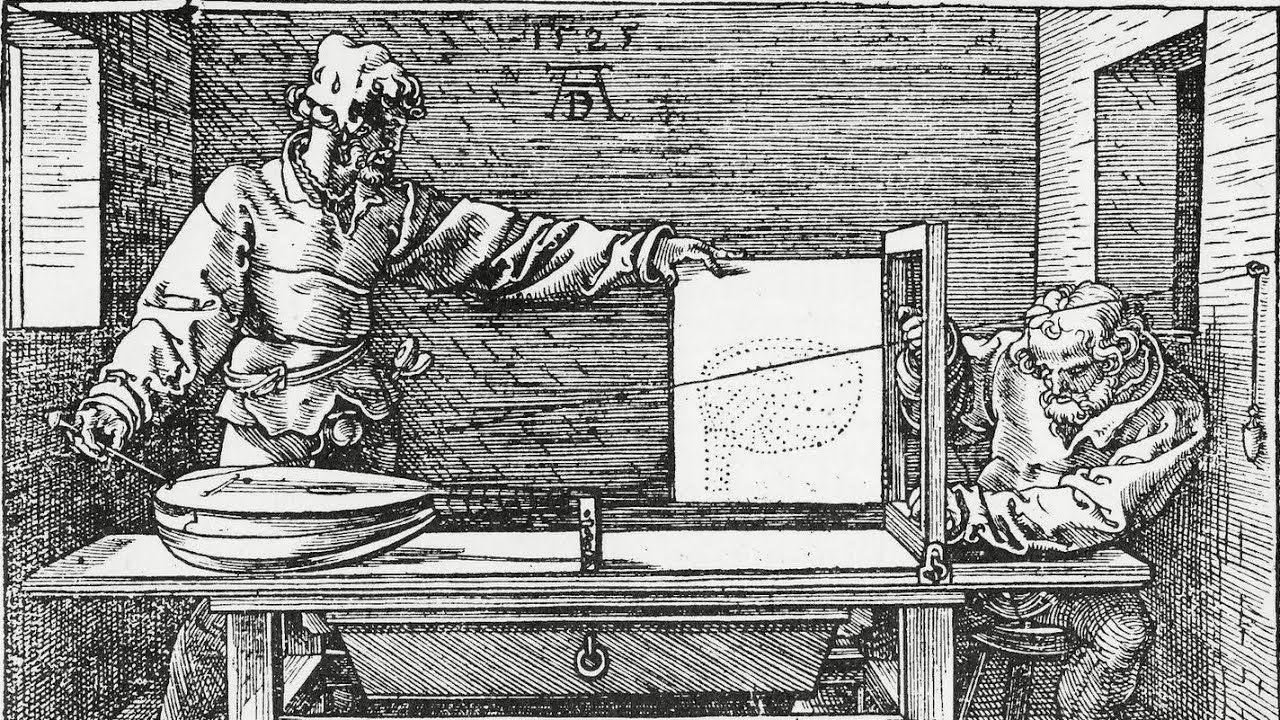In this exercise we establish a function \(\sgn\colon S_n\to
\{-1,+1\}\text{,}\) called the sign function. We start by defining an action of the symmetric group \(S_n\) on a set of two polynomials. Let \(\Delta\) be the polynomial
\begin{equation*}
\Delta = \prod_{1\leq i\lt j\leq n} (x_i-x_j)
\end{equation*}
in the variables \(x_1,x_2,\ldots,x_n\text{.}\) Let \(X\) be the set \(X=\{\Delta,-\Delta\}\text{.}\) Given a permutation \(\alpha\) in \(S_n\text{,}\) let \(\alpha \Delta\) be the polynomial
\begin{equation*}
\alpha \Delta = \prod_{1\leq i\lt j\leq n}
(x_{\alpha(i)}-x_{\alpha(j)})
\end{equation*}
and let \(\alpha(-\Delta) = -\alpha \Delta\text{.}\) In the exercises below, you will show that \(\alpha\Delta=\pm
\Delta\) for all \(\alpha\) in \(S_n\text{.}\) This allows us to define the sign of a permutation \(\alpha\) to be \(+1\) or \(-1\) according to whether \(\alpha\Delta=\Delta\) or \(\alpha\Delta=-\Delta\text{,}\) respectively.
\begin{equation*}
\sgn(\alpha) = \begin{cases}
+1 \amp \text{if } \alpha\Delta = \Delta\\
-1 \amp \text{if } \alpha\Delta = -\Delta
\end{cases}
\end{equation*}
We say that a permutation \(\alpha\) is even if \(\sgn(\alpha)=+1\text{,}\) and we say \(\alpha\) is odd if \(\sgn(\alpha)=-1\text{.}\)
Write out \(\Delta\) for \(n=4\) variables without using the product notation symbol \(\prod\text{.}\)
Continuing with \(n=4\text{,}\) write out \((134)\Delta\) and \((1324)\Delta\text{.}\) In both cases, match the factors with \(\Delta\) and identify which factors experience a sign change. Use this calculation to find \(\sgn(134)\) and \(\sgn(1324)\) directly and explicitly from the definition.
Show that \(\alpha \Delta = \pm \Delta\) for all \(\alpha\) in \(S_n\text{.}\)
Show that \(\tau\Delta=-\Delta\) for any transposition \(\tau\) in \(S_n\text{.}\)
Show that \(\phi\colon S_n \to \Perm(X)\) given by \(\phi(\alpha)(\pm \Delta) = \alpha (\pm \Delta)\) is a group action.
Use the group action property \((\alpha\beta)\Delta =
\alpha(\beta\Delta)\) to explain why \(\sgn(\alpha\beta)=\sgn(\alpha)\sgn(\beta)\) for all \(\alpha,\beta\) in \(S_n\text{.}\) In other words, the sign function is a homomorphism of groups \(S_n\to C_2\text{.}\)
Conclude that, if \(\alpha\) is expressible as a product of an even number of transpositions, then \(\alpha\) is an even permutation, and that any product of transpositions that equals \(\alpha\) must have an even number of transpositions. (A similar statement holds replacing the word "even" by the word "odd".)
The subset of even permutations of
\(S_n\) is denoted
\(A_n\text{.}\) Give two arguments why
\(A_n\) is a normal subgroup of
\(S_n\text{.}\) Use (i) the 1-step or the 2-step subgroup test and definition
Definition 2.4.8, and (ii) using criterion 1 of
Proposition 2.4.9. This group
\(A_n\) is called the
alternating group.

